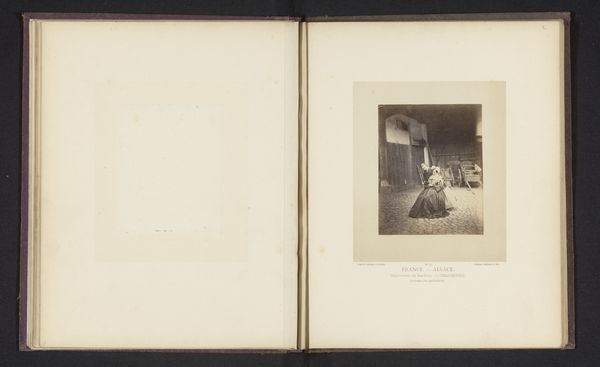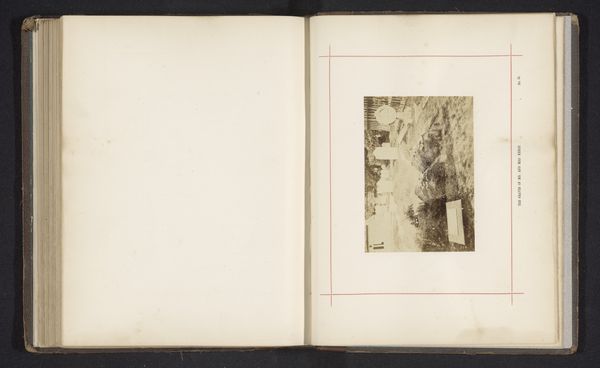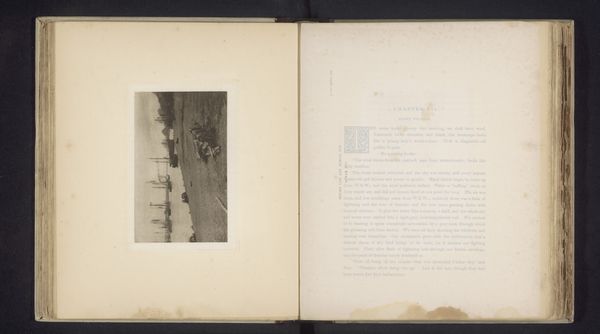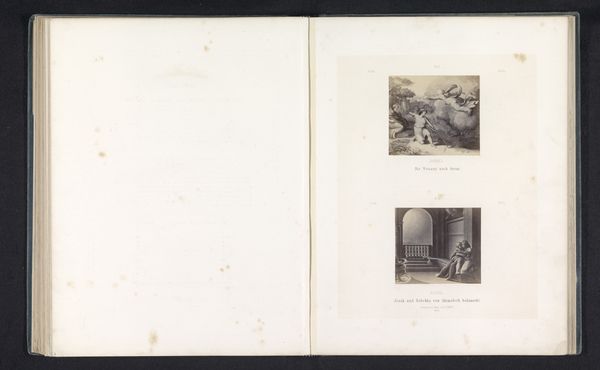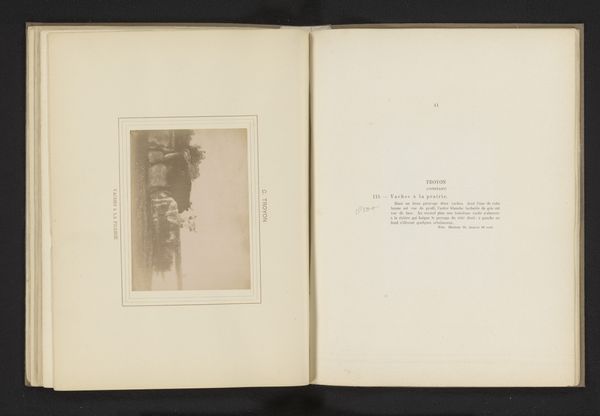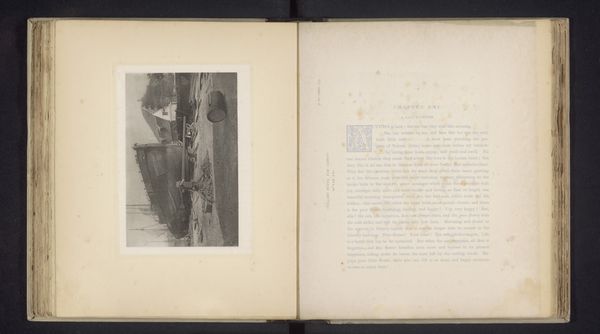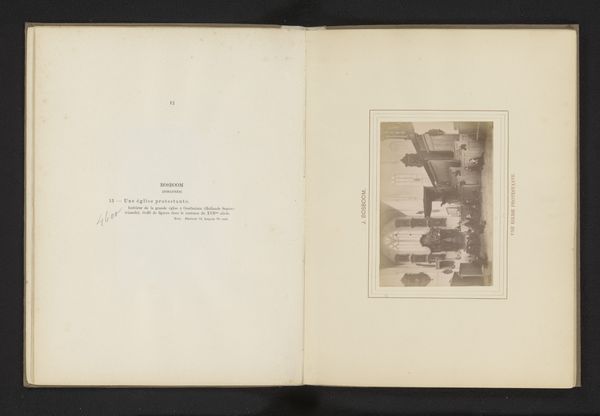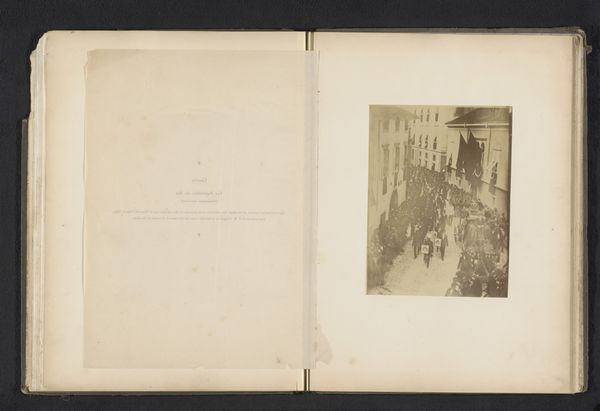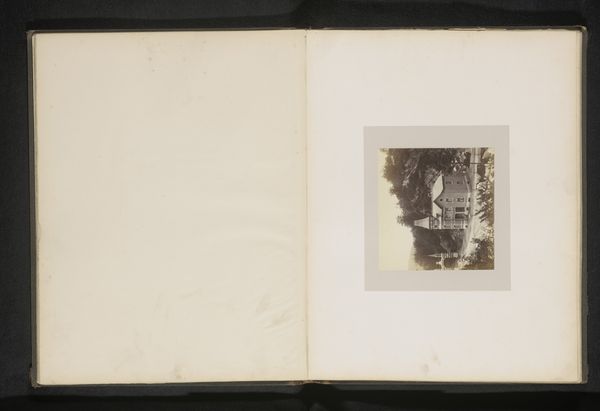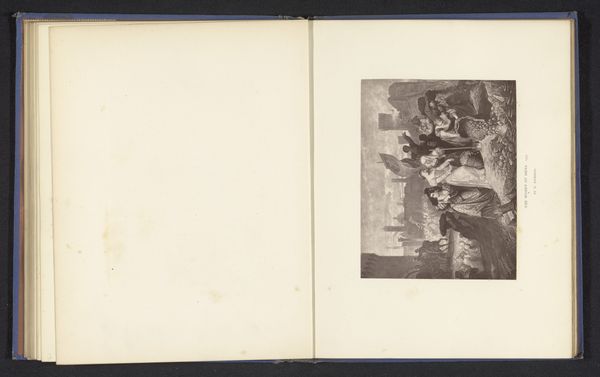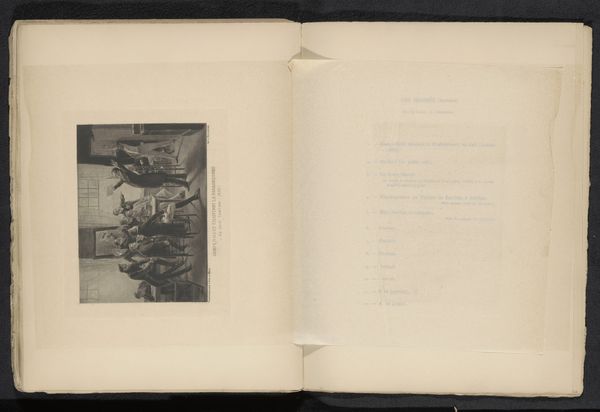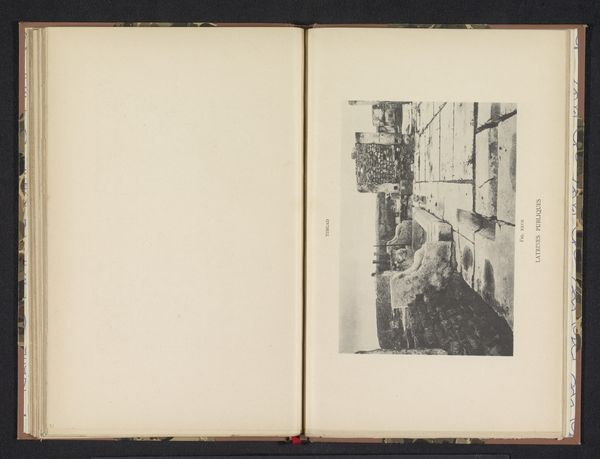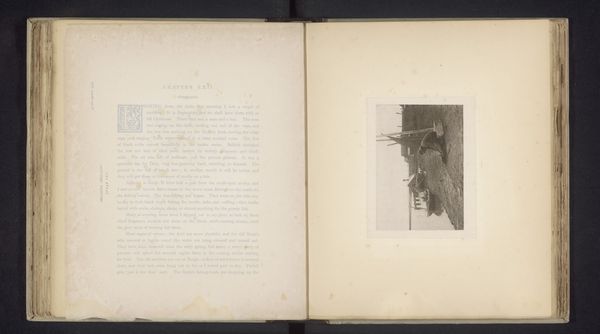
print, photography, gelatin-silver-print
#
portrait
# print
#
landscape
#
photography
#
gelatin-silver-print
#
realism
Dimensions: height 212 mm, width 159 mm
Copyright: Rijks Museum: Open Domain
Editor: Here we have a gelatin-silver print titled "Begrafenisstoet van Henri d'Artois," dating from before 1883, credited to A. Vallois. The muted tones and slightly blurred quality give it a sense of distance and almost… spectral formality. What catches your eye when you look at it? Curator: What strikes me is the method of its making. It’s not simply an image of mourning, but a product of very specific material and social conditions. Consider the gelatin-silver print itself. It democratized image production, making it accessible, in ways that earlier photographic processes hadn’t. It speaks volumes about the evolving technologies that affect culture. How do these advances shape what's represented and whom it’s for? Editor: So, it's less about the grand event depicted and more about how this particular photographic process impacted society at the time? Curator: Precisely. Who could afford to commission or purchase this print? How was the labor divided in its creation, from the photographer to the printer, to the eventual consumer? Examining this challenges the traditional view of art as solely the product of individual genius. It’s inherently about production and distribution, reflective of burgeoning consumerism. Look at how reproducible this medium is versus, say, an oil painting of the same event. What different implications arise? Editor: That’s fascinating; it changes the way I look at the image. Instead of focusing on Henri d’Artois and the funeral procession, I see the societal impact of mass-produced imagery. Curator: Indeed! Consider the accessibility versus older mediums – a shift that dramatically alters art’s relationship to power. It shows how art both reflects and perpetuates cultural shifts in material consumption. Editor: I never thought about photography that way before. I see it now; understanding the materials helps unlock deeper social and historical context. Curator: Exactly. By looking at the “stuff” of art, we unveil systems of production and power that would otherwise stay invisible.
Comments
No comments
Be the first to comment and join the conversation on the ultimate creative platform.
